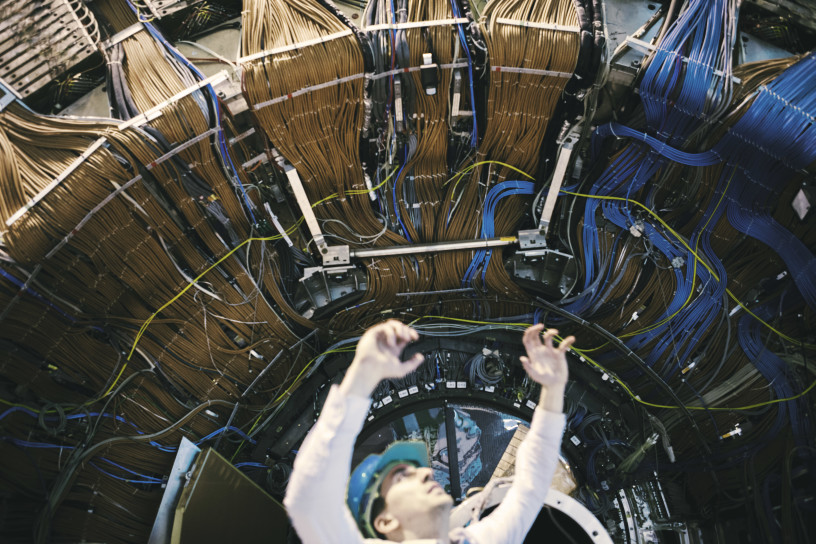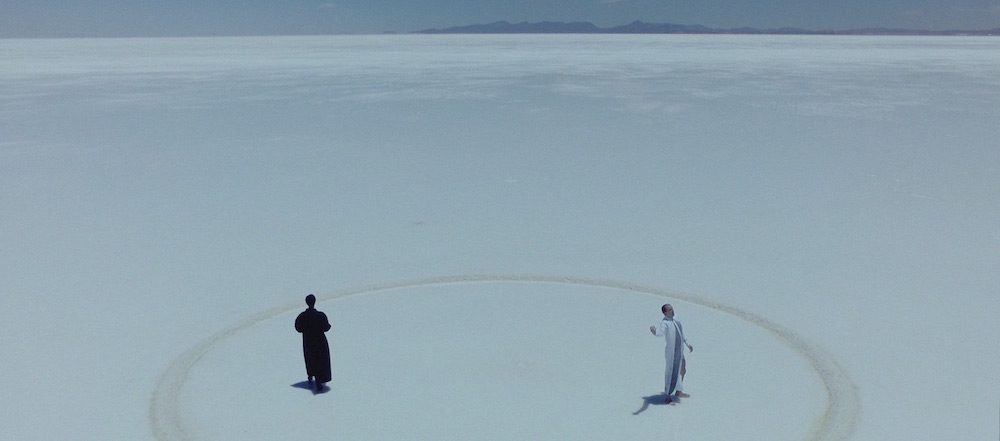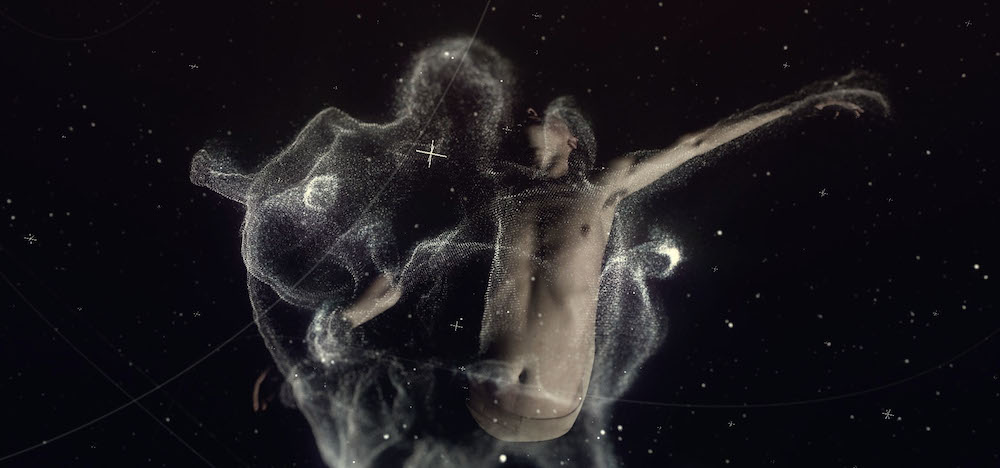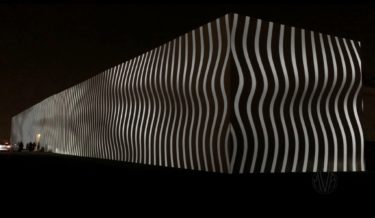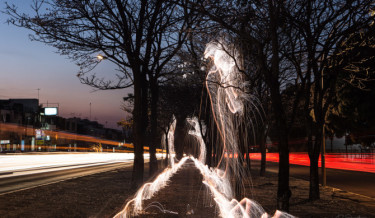Related post
The Infinity Wall: hypnotic projection mapping by Megavision Arts
Nov 29, 2016
|
Comments Off on The Infinity Wall: hypnotic projection mapping by Megavision Arts
5886
Brazillian Photographer, Vitor Shietti, Makes It Rain Light In Compelling Light Painting Series
Oct 06, 2015
|
Comments Off on Brazillian Photographer, Vitor Shietti, Makes It Rain Light In Compelling Light Painting Series
4326
Mapping a Valley with Earth’s 5-Billion Year Journey
Nov 03, 2015
|
Comments Off on Mapping a Valley with Earth’s 5-Billion Year Journey
2723

